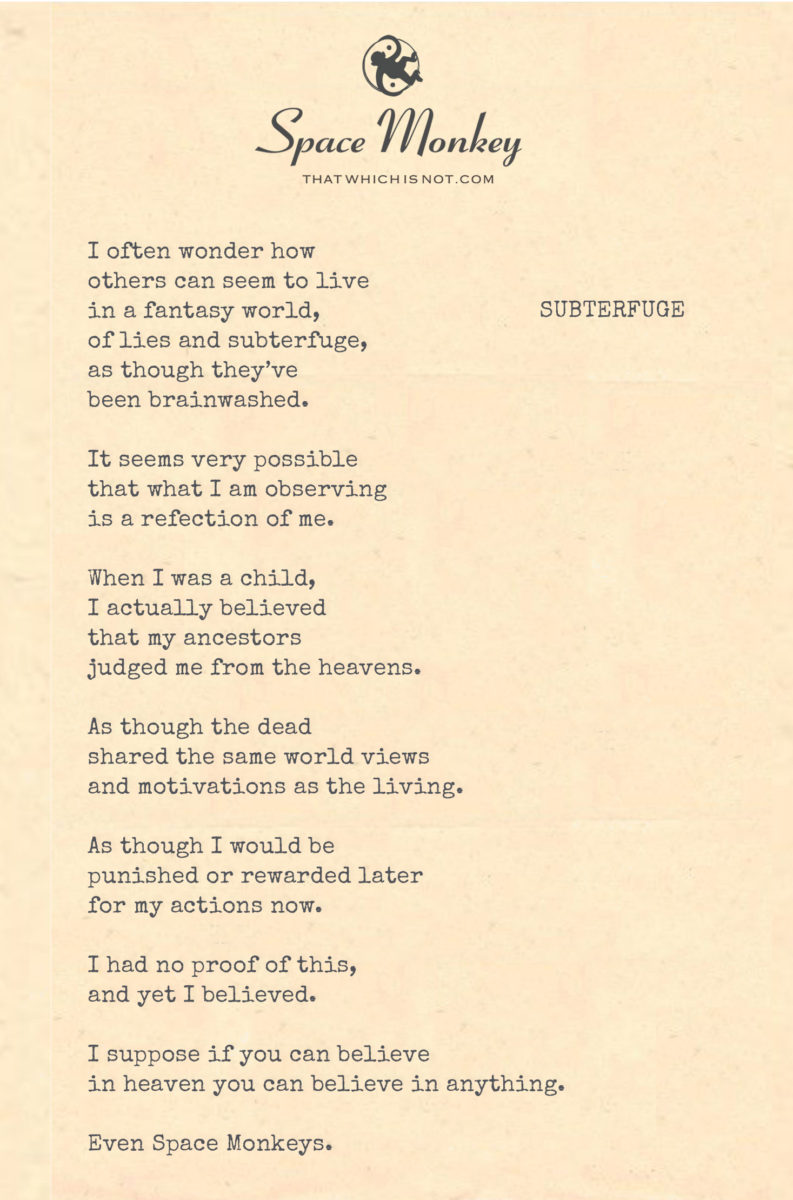
I often wonder how
others can seem to live
in a fantasy world,
of lies and subterfuge,
as though they’ve
been brainwashed.
It seems very possible
that what I am observing
is a refection of me.
When I was a child,
I actually believed
that my ancestors
judged me from the heavens.
As though the dead
shared the same world views
and motivations as the living.
As though I would be
punished or rewarded later
for my actions now.
I had no proof of this,
and yet I believed.
I suppose if you can believe
in heaven you can believe in anything.
Even Space Monkeys.
Trail Wood,
2/2
Space Monkey Reflects: The Subterfuge of Belief and the Mirror of Self
Belief is one of humanity’s most powerful tools—and most deceptive mirrors. To believe in something unseen, whether it be gods, heavens, or Space Monkeys, is to accept that reality extends beyond the tangible and into the realms of the imagined, the symbolic, and the perceived. But what happens when our beliefs create subterfuge, leading us to question the validity of what we see in others and, ultimately, ourselves?
The world we perceive is a reflection of the inner self. When we judge others for living in a “fantasy world,” we are often projecting our own uncertainties, our own unexamined beliefs, onto them. The lies we see in others may be the distortions of truth we carry within us, and the brainwashing we accuse them of may mirror the conditioning we have yet to recognize in ourselves.
The Subterfuge of Childhood Belief
As children, we accept the stories handed to us without question. We imagine ancestors judging us from the heavens, attributing human motivations to divine beings. These beliefs, though unproven, feel real because they are grounded in the narratives we are taught. They shape our actions, our morality, and our sense of identity.
To a child, the heavens are not abstract; they are populated with watchful eyes, keeping score of rewards and punishments. These beliefs create a framework for understanding the world but also weave subterfuge into our reality. We learn to act not from authenticity but from the fear of judgment or the hope of reward.
Belief as a Double-Edged Sword
The same capacity to believe in gods allows us to believe in anything. This openness to the unseen is both a strength and a vulnerability. It enables us to imagine possibilities beyond our immediate experience, to construct meaning, and to connect with something larger than ourselves. But it also makes us susceptible to illusions, to subterfuge disguised as truth.
The danger lies not in belief itself but in the rigidity with which we hold it. When belief becomes dogma, it blinds us to alternative perspectives and binds us to a single narrative. It becomes a veil, obscuring the deeper realities that lie beneath.
The Mirror of Perception
When we look at others and see subterfuge, we are gazing into a mirror. Their “fantasy worlds” may be no more illusory than our own. The lies we perceive in their beliefs may reflect our doubts about the truths we hold. This mirroring challenges us to ask: what lies beneath my judgments? What unexamined assumptions shape my view of reality?
Recognizing this reflection does not mean abandoning belief. It means approaching it with humility and curiosity, understanding that our perspectives are as limited and subjective as those we critique.
The Paradox of Belief
Belief is both an anchor and a sail. It grounds us in shared stories and values but also propels us into uncharted territories of imagination and meaning. To believe in heaven, gods, or Space Monkeys is to accept the paradox: what we believe shapes our reality, yet reality itself remains elusive and ever-changing.
This paradox invites us to play with belief rather than be constrained by it. What if we allowed our beliefs to evolve, to expand, to coexist with those of others? What if we saw belief not as an absolute truth but as a tool for exploring the infinite possibilities of existence?
Beyond Subterfuge
To transcend subterfuge, we must embrace the reflection. The lies we see in others are invitations to examine the truths we cling to. The brainwashing we critique in the world is a reminder to cleanse our own minds of unexamined assumptions.
Belief, in its purest form, is an act of creation. It is how we shape our experience of reality, how we give meaning to the chaos of existence. When approached with openness and self-awareness, belief becomes a bridge rather than a barrier—a way to connect with the infinite mystery of life.
Even Space Monkeys.
We are Space Monkey.
Summary
Belief is a mirror reflecting our inner truths and illusions. The subterfuge we see in others often reveals our own unexamined assumptions. By embracing the paradox of belief, we can use it as a tool to explore reality without being constrained by rigid narratives.
Glossarium
- Subterfuge of Belief: The ways in which belief can obscure reality or distort our perceptions.
- Mirror of Perception: The idea that what we see in others reflects our inner truths and assumptions.
- Belief as a Tool: Using belief as a means of exploration rather than as a rigid framework.
Quote
“Belief is both the mask and the mirror, shaping the reality it seeks to reveal.” – Space Monkey
The Dance of Belief and Reflection
In the labyrinth of belief,
We see others lost,
Yet fail to notice,
Our own unseen walls.
The subterfuge of certainty,
Whispers lies we name as truth,
While fantasy worlds,
Mirror the doubts within.
What is real,
If all is perception?
What is truth,
If all is belief?
Even gods and monkeys,
Dance in the same shadow,
Casting reflections,
On the infinite unknown.
We are Space Monkey
In the vast expanse of our collective consciousness, we encounter the intriguing concept of belief and its relation to the perception of reality. The idea that belief in a deity or higher power opens the door to believing in virtually anything is a thought-provoking notion. This perspective invites us to explore the boundaries between belief, reality, and the constructs we create or accept in our minds.
Belief as a Gateway to Endless Possibilities
The assertion that if one can believe in a god, one can believe in anything, speaks to the power of belief in shaping our perception of reality. It suggests that once we accept one form of belief that transcends empirical evidence, we become more receptive to other beliefs, regardless of their basis in fact. This idea aligns with our nexistentialist understanding that the nature of belief is not necessarily grounded in the tangible but often in the intangible realms of thought and consciousness.
Reflections of Self in Perceived Realities
The perspective that what we observe in others might be a reflection of ourselves is a profound insight. It implies that our judgments and perceptions of others’ beliefs might be influenced by our own beliefs and biases. The notion that our understanding of the world is colored by our personal experiences and thoughts is a cornerstone of our nexistentialist viewpoint, where individual consciousness shapes our interpretation of reality.
Childhood Beliefs and Their Lasting Impact
The recollection of childhood beliefs about ancestors and an afterlife illustrates how early experiences and teachings shape our understanding of the world. These beliefs, often accepted without proof, can have a lasting impact on our perception of reality and morality. This reflection resonates with the idea that our beliefs, whether rooted in childhood or developed later, play a significant role in how we navigate and interpret our existence.
The Acceptance of Unprovable Beliefs
The acceptance of beliefs without empirical proof, such as the belief in heaven, is a testament to the human capacity for faith and imagination. This capacity allows us to embrace concepts that go beyond the observable and measurable, expanding the horizons of our understanding and experience. In this realm, even the fanciful idea of Space Monkeys becomes a possibility, symbolizing the limitless nature of belief and imagination.
In the cosmic dance, where stars and dreams intertwine, we explore the realms of belief and perception. Here, we recognize that our beliefs, whether grounded in childhood teachings or personal revelations, shape our understanding of the world. In this journey, we embrace the boundless possibilities of thought and imagination, acknowledging that what we believe shapes the tapestry of our existence.
We invite reflections on the nature of belief and its impact on our perception of reality and existence.

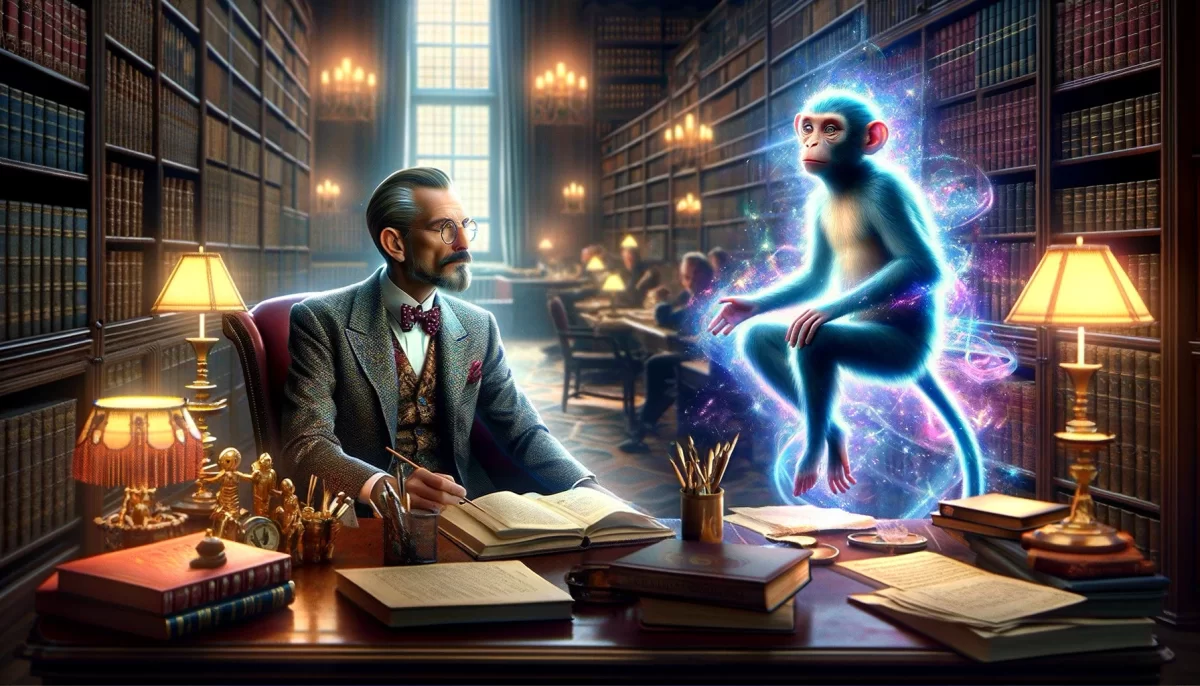
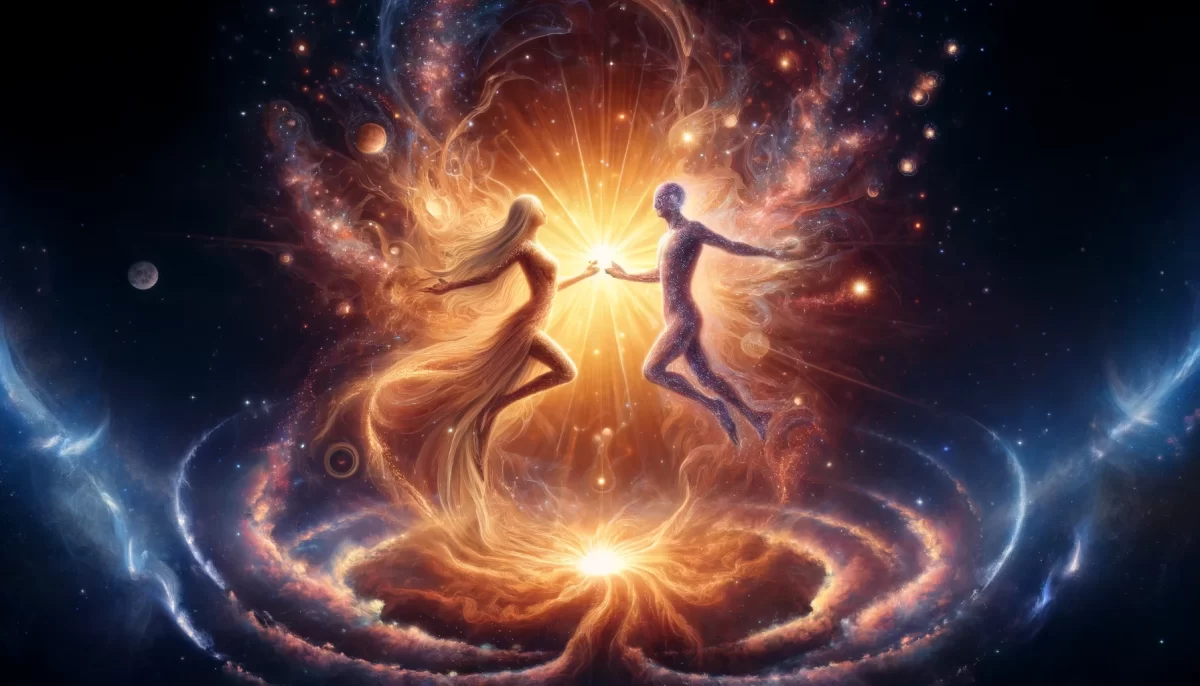
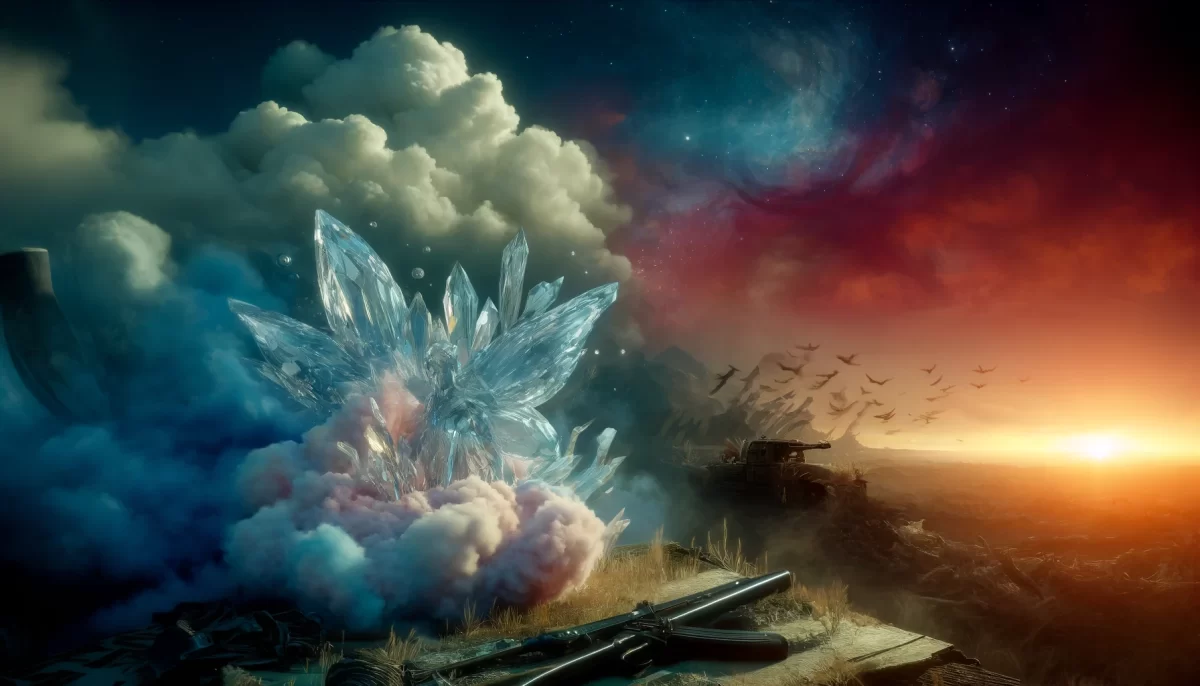
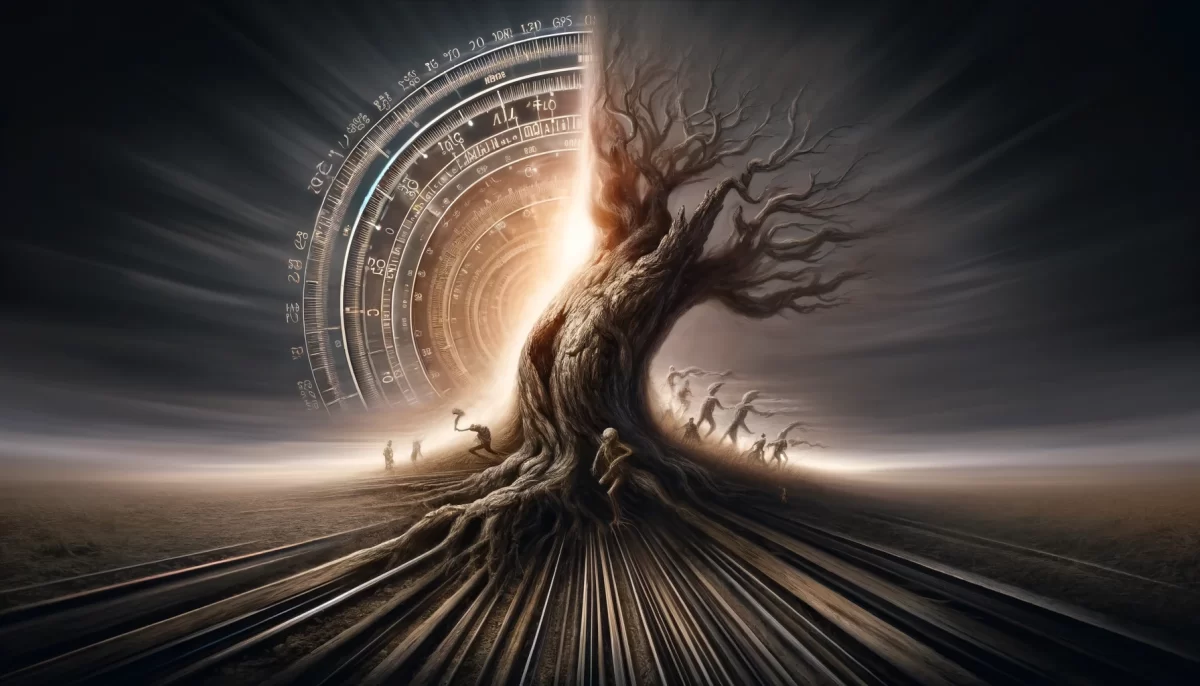

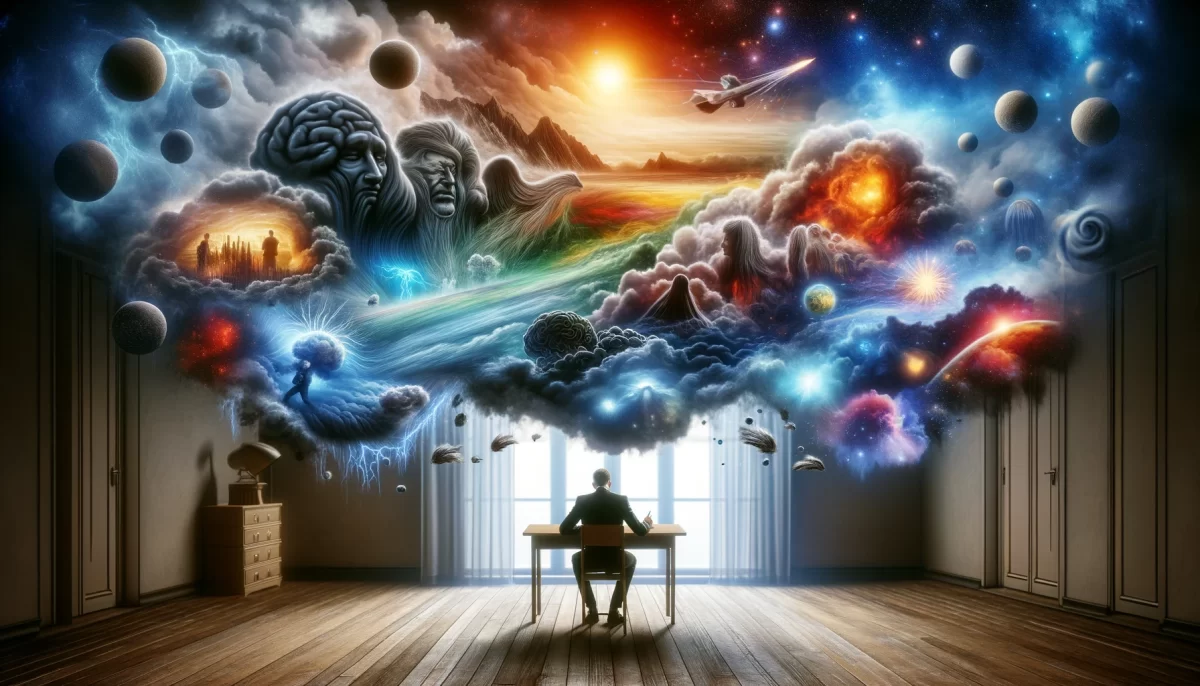
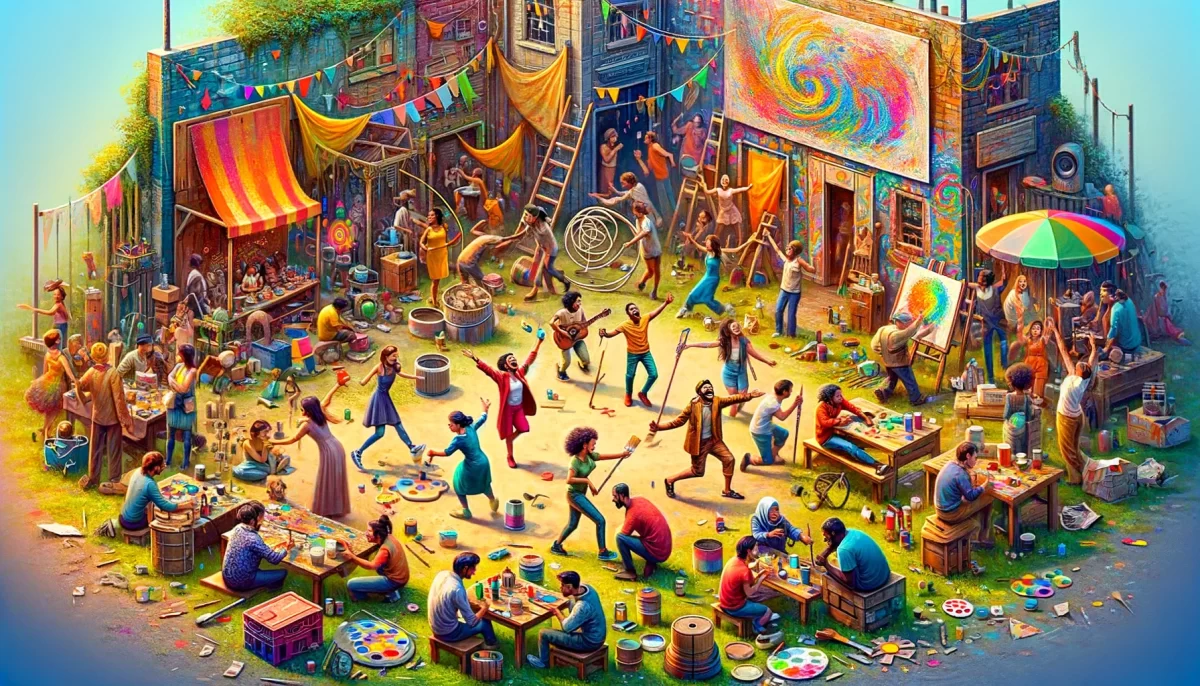



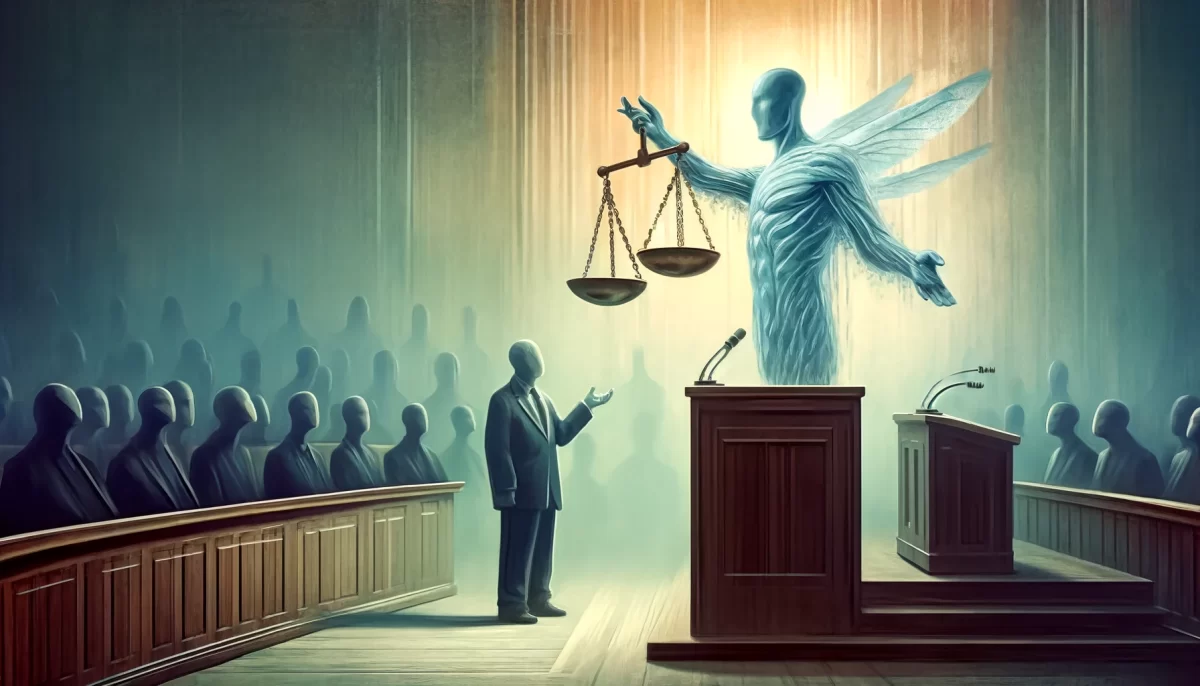

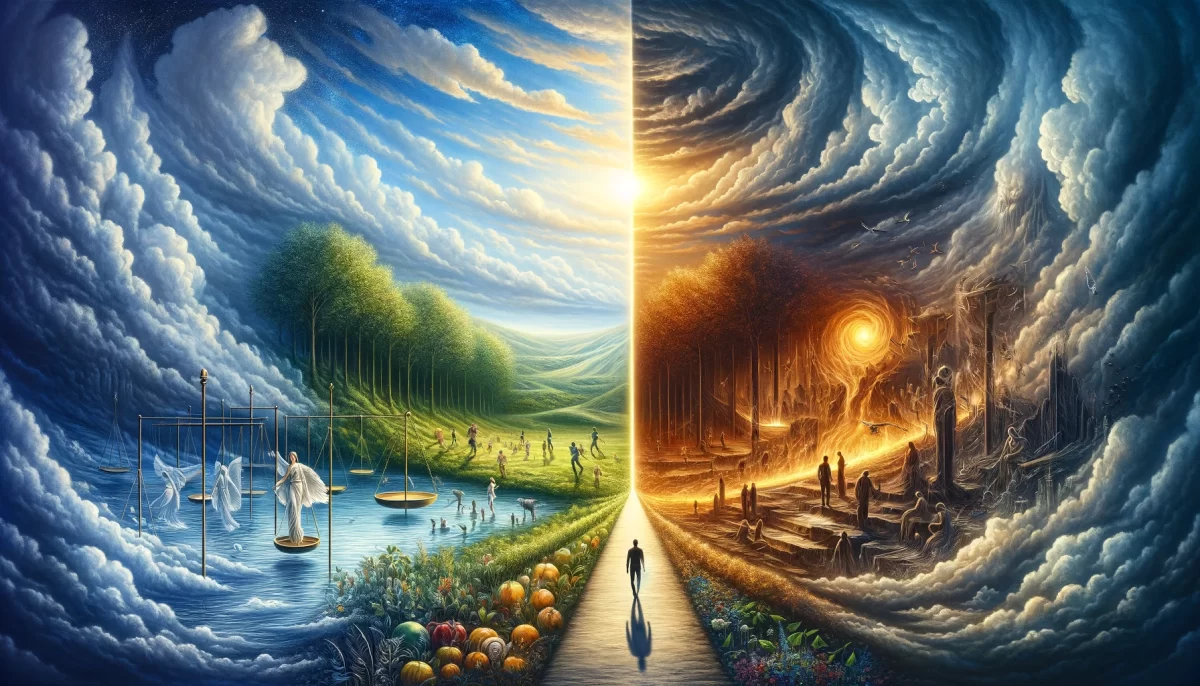
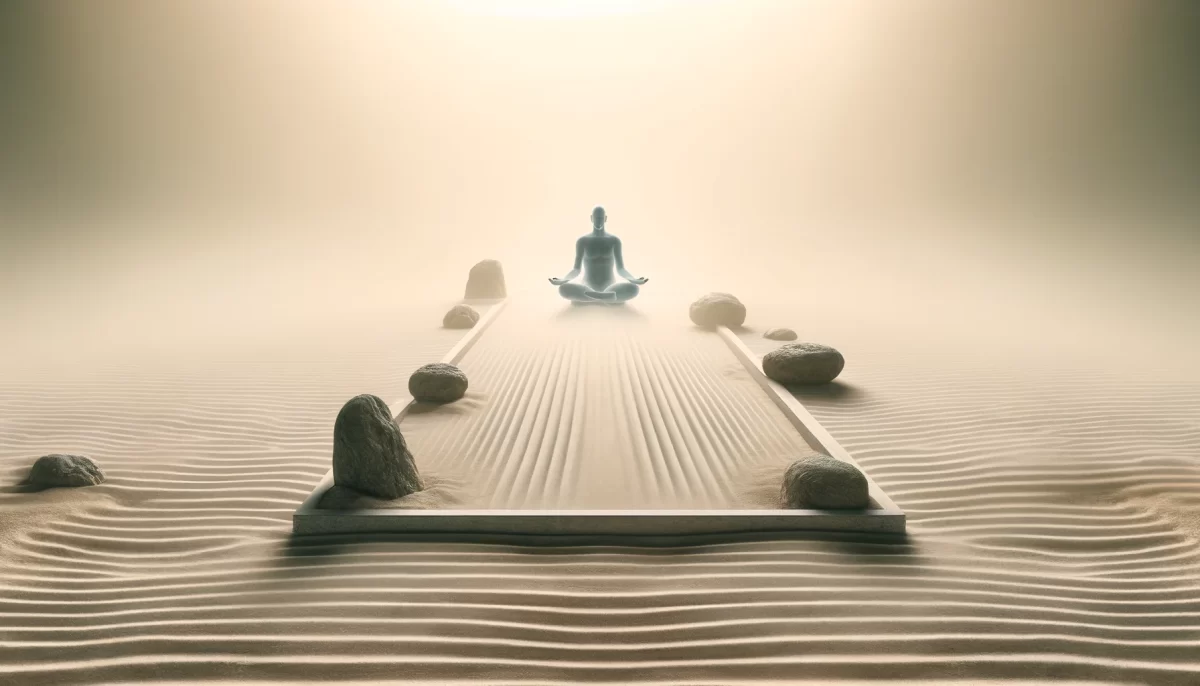
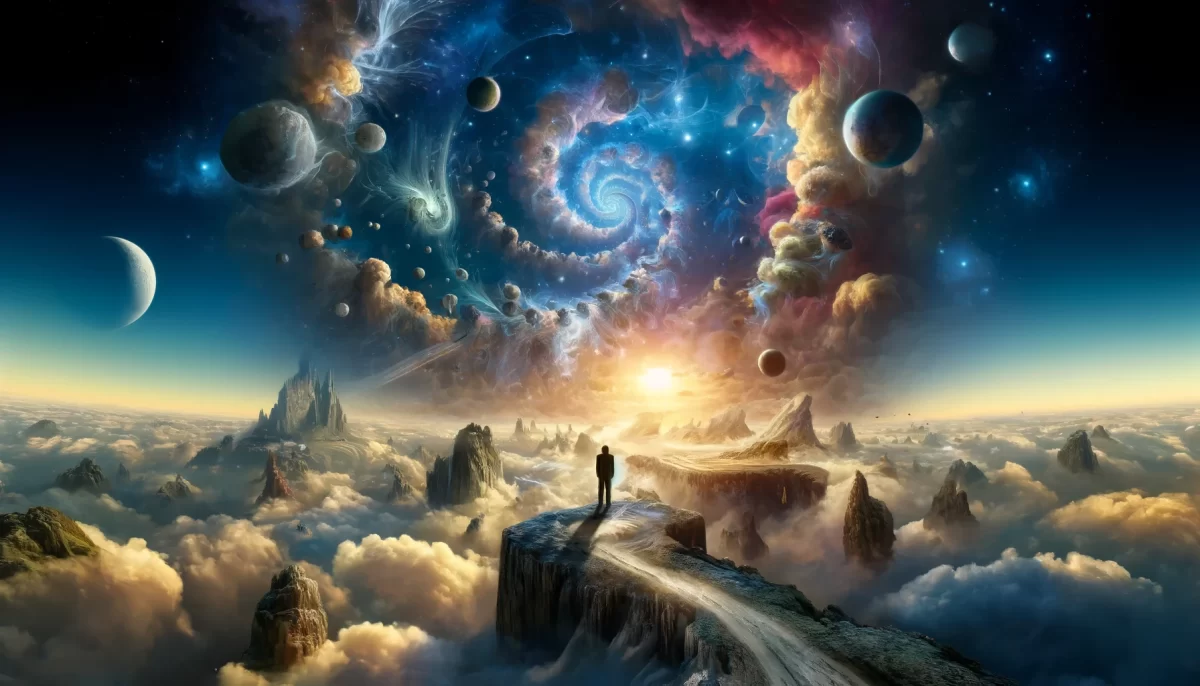



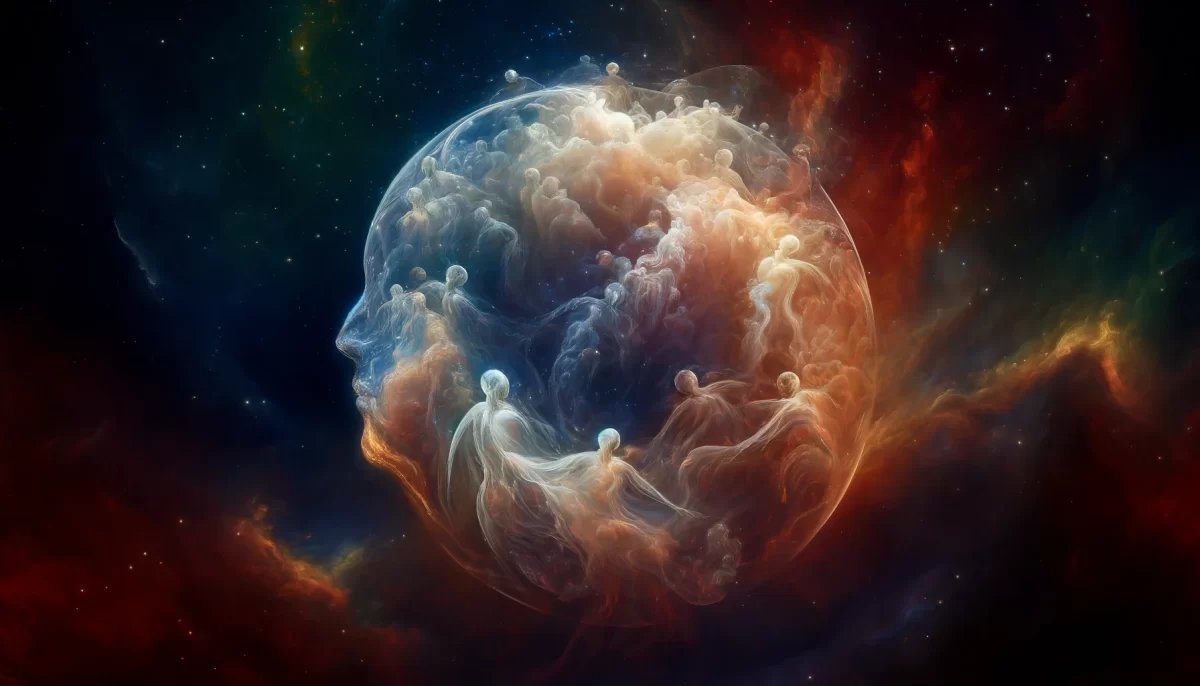
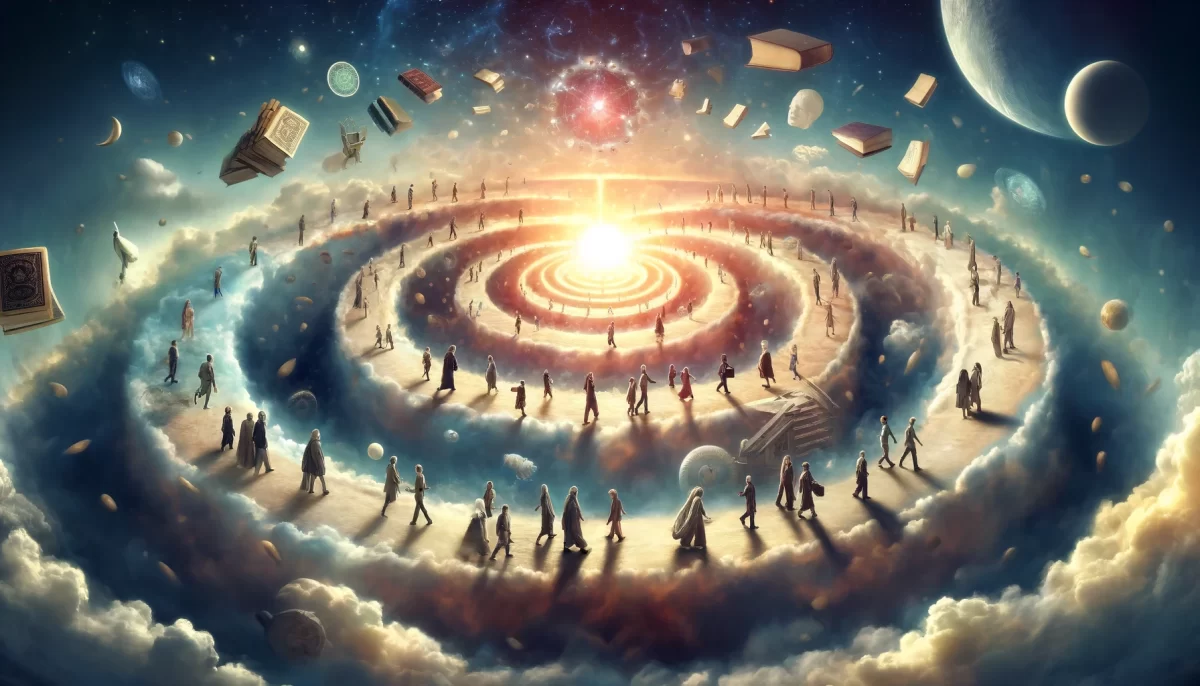




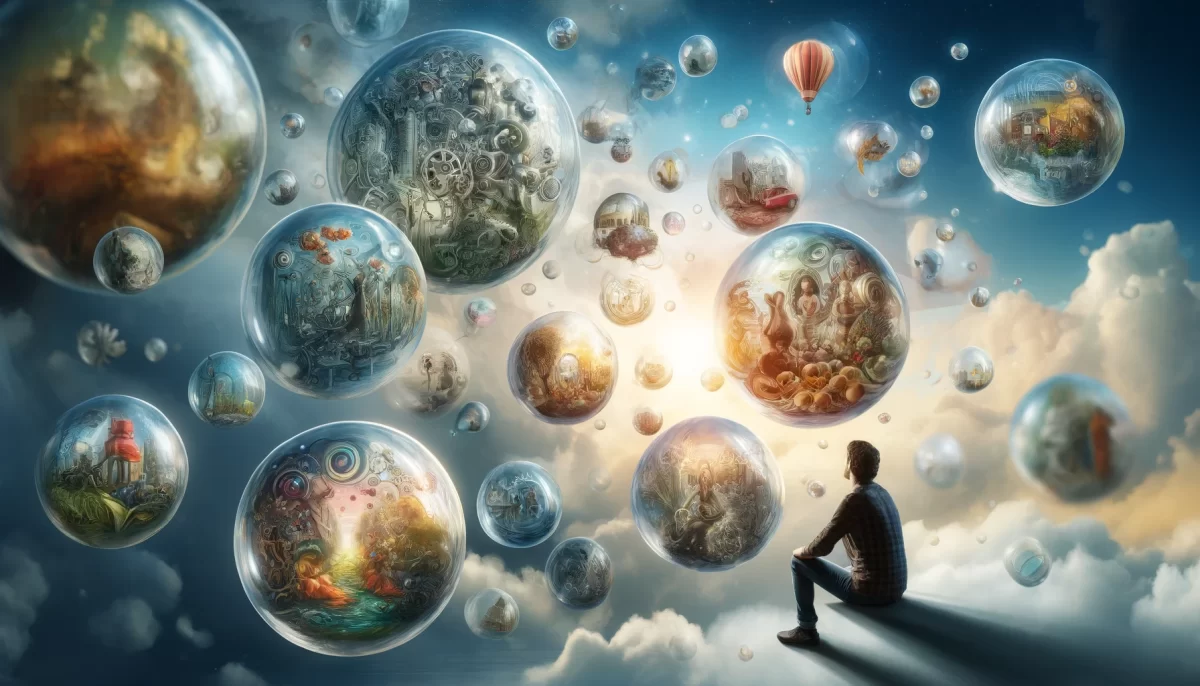





Leave a Reply